
Heat Styling Without Damage: Tools and Techniques
Heat Styling Without Damage
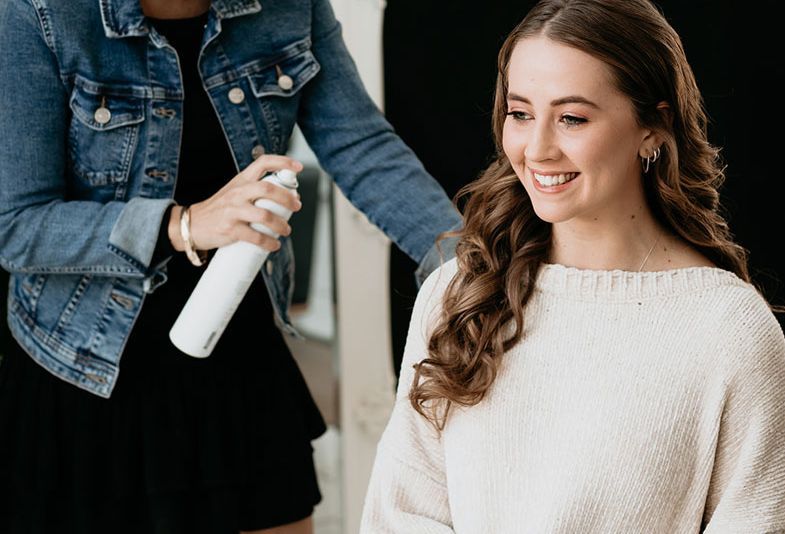
In the realm of hairstyling, heat tools have revolutionised how individuals can transform their hair, offering a plethora of styles from sleek and straight to voluminous curls. However, with this convenience comes a pressing concern: heat damage. The importance of heat styling in hair care routines cannot be overstated, yet the potential for damage looms large, casting a shadow over the quest for the perfect hairstyle. This introduction is a gateway into the nuanced world of heat styling without compromising hair health. We’ll explore the common concerns surrounding heat damage, dissect its impact on hair health and appearance, and ultimately set the stage for a comprehensive discussion on techniques and tools to minimise damage while still achieving desired styles. So, let’s embark on this journey to unlock the secrets of heat styling without damage, where beauty and hair health harmoniously coexist.
Understanding Heat Damage
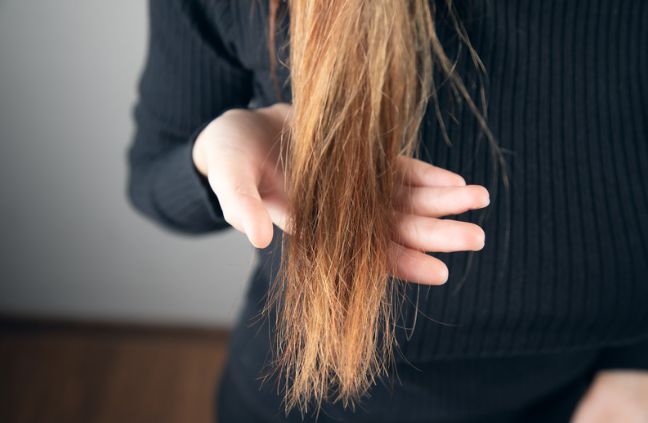
What is Heat Damage?
Identifying Signs of Heat Damage
- Split Ends: The ends of the hair appear frayed or split, indicating weakness and vulnerability.
- Brittle Strands: Hair feels dry, rough, and lacks flexibility, often breaking more quickly than healthy hair.
- Uneven Texture: Inconsistent texture along the length of the hair, with some areas feeling rough or straw-like while others remain relatively smooth.
Tools for Heat Styling Without Damage

Choosing the Right Heat Styling Tools
Selecting the appropriate heat styling tools lays the foundation for minimising heat damage and achieving desired hairstyles. Among the options available, flat irons, curling irons, and blow dryers stand out as staples in the hair styling arsenal. When deliberating on which tool to invest in, several vital factors warrant consideration:
- Material Composition: Pay close attention to the material of the heating plates or barrels. Ceramics and tourmaline are renowned for their ability to emit gentle, consistent heat while reducing the occurrence of hot spots. This even heat distribution minimises the risk of overheating and subsequent damage to the hair shaft.
- Adjustable Heat Settings: Opt for tools with adjustable heat settings for diverse hair types and styling preferences. Fine or damaged hair necessitates lower heat settings to prevent excessive stress and potential heat damage, whereas thicker or coarser hair may require higher temperatures for practical styling.
By prioritising tools that prioritise hair health and versatility, you can minimise the risk of heat damage while confidently achieving your desired look.
Heat Protectants: Your Hair’s Shield
Heat protectants are invaluable guardians against the detrimental effects of heat styling tools, forming a protective barrier between your hair and the intense heat. These formulations typically harness the power of ingredients such as silicones or polymers, which work in tandem to shield the hair shaft from moisture loss and thermal damage. To harness the full protective potential of heat protectants, adhere to the following guidelines:
- Even Distribution: Ensure thorough and uniform application of the heat protectant product throughout your hair, paying particular attention to the ends, which are often the most susceptible to damage.
- Various Formulations: Heat protectants are available in various formulations, including sprays, serums, and creams, each offering unique benefits tailored to individual hair types and styling preferences. Experiment with different formulations to determine which best suits your needs.
By integrating heat protectants into your styling routine, you fortify your hair’s defences against the rigours of heat styling, safeguarding its health and vitality.
Techniques for Minimising Heat Damage
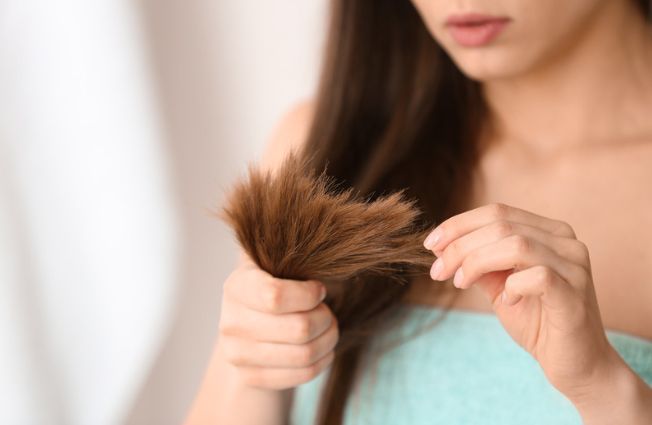
Pre-Styling Preparation
Proper pre-styling preparation lays the groundwork for minimising heat damage and achieving optimal results. Begin by cleansing your hair with a hydrating shampoo and conditioner tailored to your hair type. This ensures that your hair is clean and adequately moisturised, providing a protective barrier against the rigours of heat styling. When towel-drying your hair, opt for a gentle patting motion rather than vigorous rubbing to avoid causing friction and potential damage to the hair cuticle. Instead of a regular towel, consider using a microfiber towel or an old t-shirt, which is gentler on the hair.
Use a wide-tooth comb or a detangling brush to work through your hair gently to prevent knots and tangles, which can exacerbate damage during heat styling. Starting from the ends and working your way up to the roots can help minimise breakage and ensure smoother styling. Additionally, incorporating a leave-in conditioner or heat protectant spray before styling adds an extra layer of protection, nourishing the hair and shielding it from the heat of styling tools.
Adjusting Heat Settings
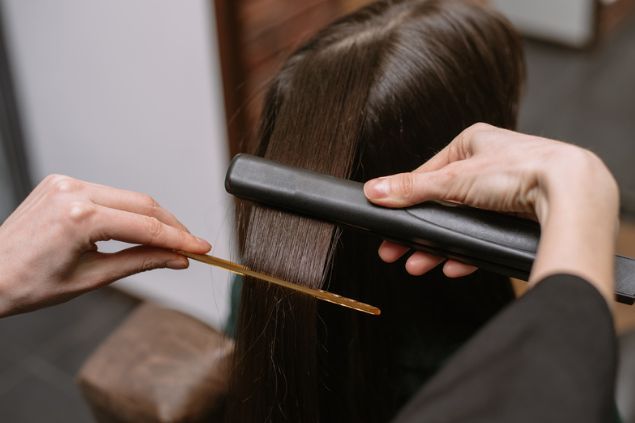
Understanding the appropriate heat settings for your hair type and desired style is paramount in mitigating heat damage. Fine or damaged hair is more susceptible to heat damage and requires lower heat settings to minimise stress and breakage. Conversely, thicker or coarser hair can withstand higher temperatures for practical styling. Before applying heat styling tools to your entire head, conduct a strand test on a small section of hair to assess how it responds to the selected heat setting. This allows you to gauge the optimal temperature for your hair without risking widespread damage.
It’s crucial to adhere to recommended heat levels and avoid surpassing them, as excessive heat can lead to irreversible damage, such as protein degradation and moisture loss. Investing in tools with adjustable heat settings provides greater flexibility and control, allowing you to tailor the temperature to your specific needs and preferences.
Proper Styling Techniques
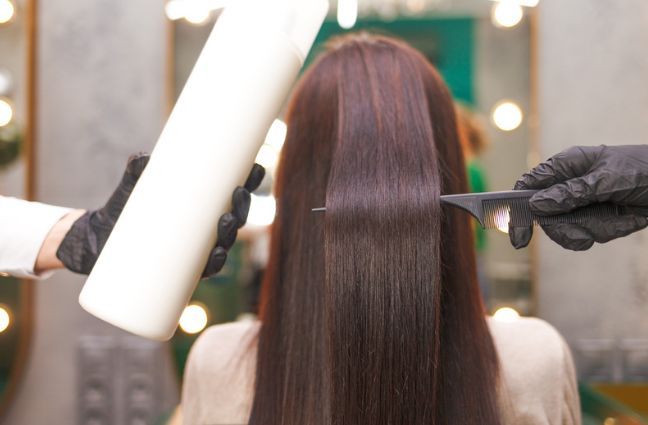
Proper styling techniques are essential for minimising heat damage and achieving desirable results. Work in manageable sections to ensure thorough and even heat distribution when straightening or curling hair. This reduces the need for multiple passes with the styling tool, minimising exposure to heat and potential damage. Sectioning hair also enhances control and precision during styling, resulting in smoother and longer-lasting results.
Furthermore, pay attention to the angle and tension applied to the hair when using heat styling tools. Avoid applying excessive pressure or pulling on the hair, as this can cause unnecessary strain and lead to breakage. Instead, maintain a gentle yet firm grip, allowing the heat to shape the hair effectively without compromising its integrity. Adopting proper styling techniques can minimise the risk of heat damage while achieving beautiful, salon-worthy hairstyles.
Conclusion
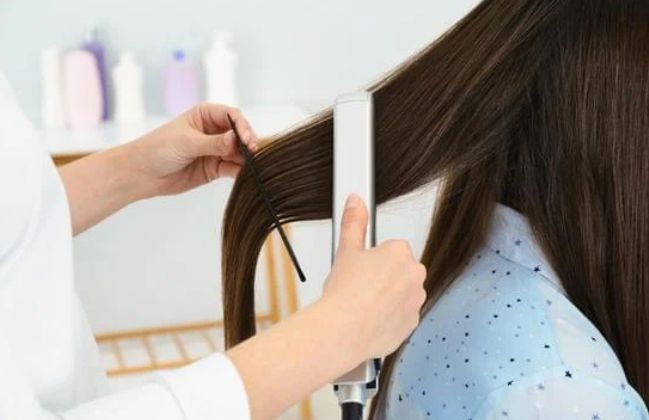
In conclusion, mastering the art of heat styling opens up a world of hairstyling possibilities without compromising the health and vitality of your hair. By adhering to the principles outlined in this guide—understanding heat damage, selecting appropriate tools, and employing proper techniques—you can confidently navigate the realm of heat styling while safeguarding your hair from potential damage. Remember to prioritise the use of heat protectants and to tailor heat settings to suit your unique hair type and styling preferences. As you embark on your styling journey, don’t hesitate to experiment with different methods and products to discover what best suits your individual needs. For a flawless finish on your special day, consider availing the wedding makeup services offered by
Tina Kristen Weddings, where expertise and creativity converge to create stunning bridal looks. With the right knowledge and care, you can achieve the perfect hairstyle while preserving the health and integrity of your hair for years to come.
FAQs
Q: Can Heat Styling Ever Be Completely Damage-Free?
While it’s challenging to eliminate all potential damage from heat styling, taking preventive measures and using protective products can significantly minimise its effects on the hair.
Q: How Often Is It Safe to Heat-Style Hair?
The frequency of heat styling depends on individual hair types and conditions. Generally, it’s advisable to limit heat styling to no more than a few times per week and to incorporate heat-free styling alternatives when possible.
Q: Are There Natural Alternatives to Heat Styling?
Yes, several heatless styling methods can achieve similar results without exposing the hair to high temperatures. Examples include air drying, braiding, twisting, and using heatless curling methods such as foam rollers or flexi-rods.
Q: Can Damaged Hair Be Repaired?
While damaged hair cannot be fully restored to its original state, there are various treatments and techniques available to improve its appearance and condition. These may include deep conditioning treatments, protein treatments, and regular trims to remove split ends and prevent further damage. Consistent care and maintenance can help promote healthier hair over time.
